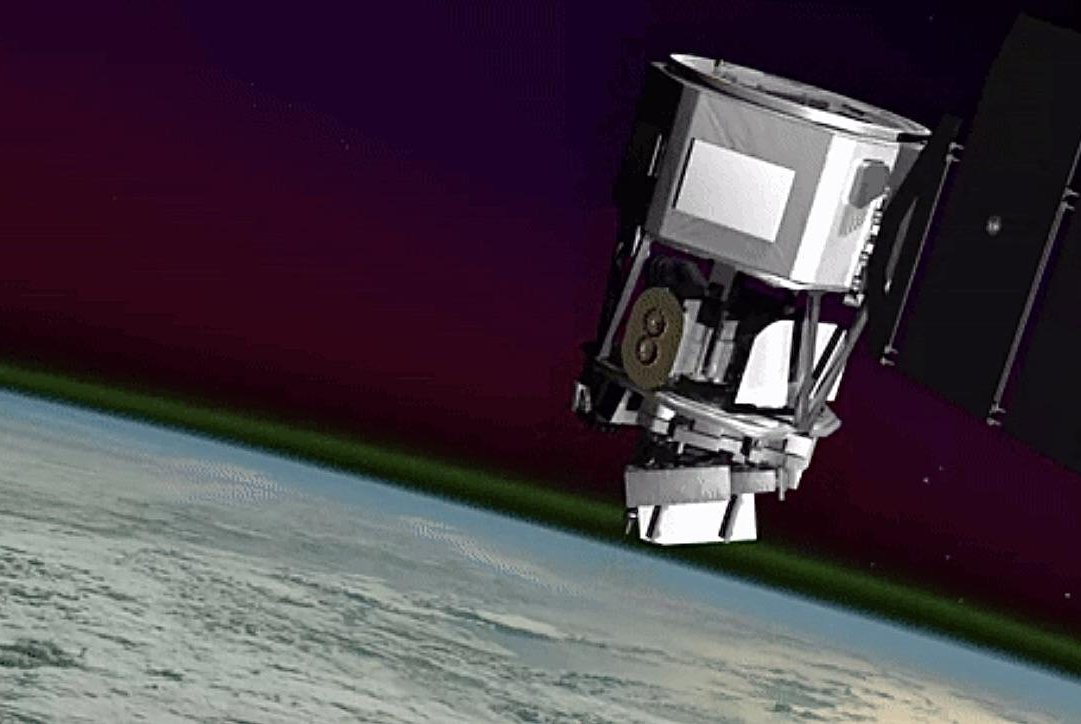
NASA’s ICON, shown in this artist’s concept, studied the dynamic zone high in the atmosphere where terrestrial weather from below meets space weather above. On Wednesday, NASA announced the mission’s official end. Photo courtesy of NASA/Goddard/Conceptual Image Lab
NASA’s ICON mission gathered valuable data as it orbited the outermost layer of Earth’s atmosphere, about 55 miles to 360 miles into space in the ionosphere, and provided critical breakthroughs on how space weather affects Earth’s weather.
“The ICON mission has truly lived up to its name,” said Joseph Westlake, heliophysics division director at NASA Headquarters in Washington, D.C. “Not only did ICON successfully complete and exceed its primary mission objectives, it also provided critical insights into the ionosphere and the interplay between space and terrestrial weather.”
While ICON launched in October 2019 and accomplished its primary mission over the next two years, NASA lost communication with the specially equipped satellite in November 2022 and was forced to conclude the mission following several months of troubleshooting.
“ICON’s legacy will live on through the breakthrough knowledge it provided while it was active and the vast dataset from its observations that will continue to yield new science,” Westlake said. “ICON serves as a foundation for new missions to come.”
Despite the setback, ICON had already gathered new details on airglow, information on the relationship between the atmosphere’s ions and Earth’s magnetic field lines, and the first concrete observation to confirm Earth’s ionospheric dynamo.
NASA scientists were able to study the ionosphere’s effect on satellites and radio signals through ICON, which impact communications with the International Space Station, while also tracking the colorful bands of airglow.
“It’s like measuring a train’s speed by detecting the change in the pitch of its horn — but with light,” said Thomas Immel, ICON mission lead at the University of California, Berkeley.
ICON also captured data on how the 2022 Hunga Tonga-Hunga Ha’apai volcanic eruption, under the southern Pacific Ocean, disrupted electrical currents in the ionosphere.
“ICON was able to capture the speed of the volcanic eruption, allowing us to directly see how it affected the motion of charged particles in the ionosphere,” Immel said.
“This was a clear example of the connection between tropical weather and ionospheric structure. ICON showed us how things that happen in terrestrial weather have a direct correlation with events in space.”










